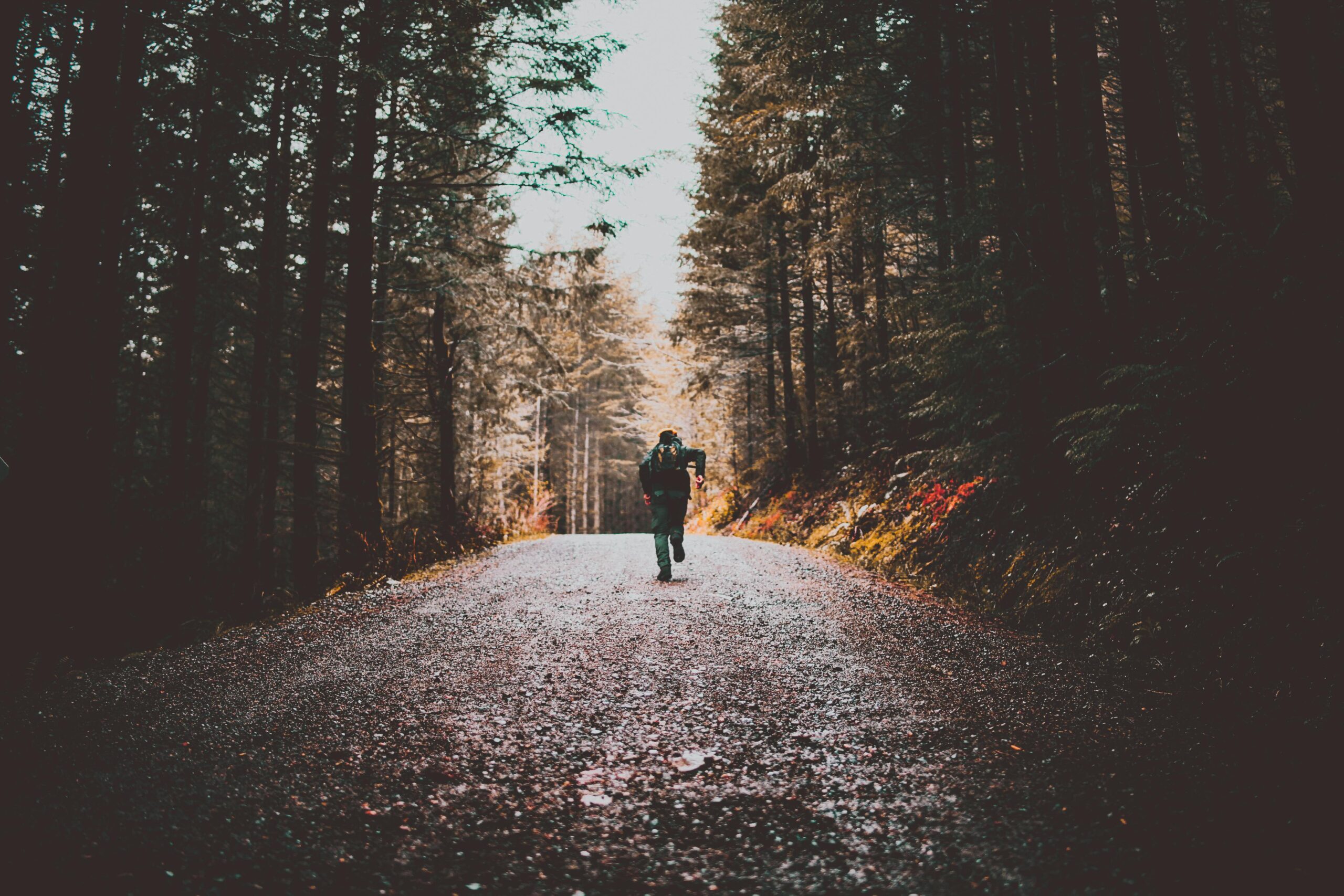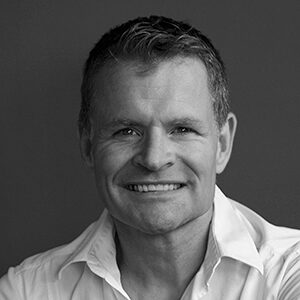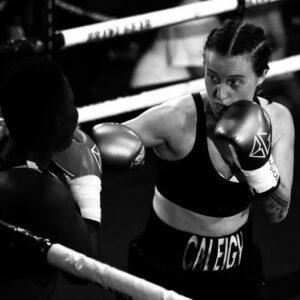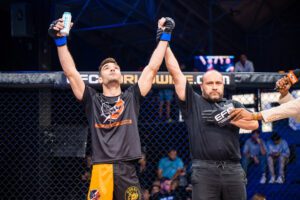In contrast, Johannesburg’s suburbs present a heart-warming scene with jacarandas and English oaks, yet this beauty is overshadowed by unkempt streets and broken pavements. It’s not a city whose priorities lie in accommodating road runners or weary pedestrians.
Occasionally, a city will present contrasting facades. Durban, for instance, boasts a splendid 8km promenade stretching from Blue Lagoon in the north to Durban Harbour in the south, making it sub-Saharan Africa’s longest such stretch. A walk, bike ride, or run along its spectacular trajectory is life-affirming. Along with its beautiful beaches and vibrant local cuisine, the promenade ranks among the city’s most appealing attractions. Yet, just blocks away, the inner city is loud and chaotic, with wild taxis and rubbish-strewn streets deterring joggers from attempting to navigate its tumult.
In New York, Central Park offers distance, sumptuous pathways, and the chance to gawk at colorful passersby. Las Vegas is fun but chaotic, with escalators and casino hallways linking streets and byways along the strip in the City of Sin. Other places, like Monte Carlo, have paths that hug the glorious coastline, offering opportunities to run along the winding roads that make up the renowned Grand Prix circuit.
In South Africa, and indeed everywhere else, road running is experiencing a boom. One of the unintended consequences of the recent lockdown has been the increase in the number of people taking to the streets to walk or jog. With gyms closed and team sports shut down, road running (and walking) became among the few recreational pursuits that survived—and thrived—during lockdown.
Findings from Nielsen, the intelligence supplier to World Athletics, indicated that 13% of all runners began in the past year (since April 2020), with the majority stating that Covid-19 played at least some role in their decision. All of them intend to continue running once the pandemic is over, whenever that might be. South Africa was among the 10 countries surveyed, joining others like the UK, US, Japan, and Australia.
Another recent study from RunRepeat found that an astonishing 28% of current runners started during the pandemic. Remarkably, numerous running records, from 1500m to 10,000m, were broken at the height of the pandemic, another unintended consequence of lockdown and perhaps limited crowd numbers. Even housebound souls found ways to activate their lactic acid, with a handful of committed Comrades athletes heroically running the equivalent distance of the great race (89km) in their gardens. Some, like elite long-distance devotee Ryan Sandes, ran marathon distances at home, treading the same route over and over.
We don’t know how lucky we are. In Europe, some hardy souls slogged full marathon distances around their cramped apartment balconies, a mind-boggling feat of endurance. Finally, when restrictions eased and we were allowed out of our homes, people poured into the streets. Though there are no official numbers, anecdotally—and simply by observation—many more opted to exercise on the roads. As US author Toni Sorensen puts it, “Running is therapy anyone can afford.” With mental health increasingly thrust into the public consciousness, running adds yet another positive attribute to its profile.
It is also the ultimate egalitarian pastime. If you run, you are a runner. It doesn’t matter how quick you are or how far you go; whether you’ve just begun or are a lifelong enthusiast, there are no signing-up fees and no clubs you must join. You just do it, and in the process, you learn to get comfortable being uncomfortable. You can be young or old, fast or slow, thin or fat. The only barrier to entry is a pair of running shoes and, perhaps, the motivation to step outside.
“The perfect sport for a pandemic,” declared the New York Times in 2020. “All you need is a pair of shoes and a six-foot buffer from the next person.” When Bruce Fordyce undertook his first run on June 8, 1976, it was a 10-minute jog around the Wits rugby field—under the cover of darkness, because he was embarrassed. Four decades and nine Comrades titles later, the famous athlete reflects on that first run: “It was the greatest single gift I ever gave myself.”
Among the many thousands of runners across the land, there are two types: the social and the serious. Social runners make up the vast majority, shuffling along at a pace of five-and-a-half to nine minutes (or more) per kilometer. Some run for joy, some for health, and others as a form of meditation, unspooling their worries and challenges along the way. Many combine all three.
The serious runners, on the other hand, put the hammer down to achieve personal bests or crack the top 20 at the many local races that populate the country’s busy calendar. You occasionally see them zipping through the suburbs, and it’s hard not to envy their pace, smooth cadence, and well-oiled engines. While this can be intimidating, fortunately, there are far more social runners out and about—people who look like you and me. The fraternal nature of running means that everyone shares a common struggle, typically fighting through pain and fatigue, which we acknowledge with a gentle wave or thumbs-up when passing fellow joggers. It’s a familial salute of sorts, a sign that we’re in this together.
A prime example of this camaraderie is the explosion of the Parkrun concept, begun in the UK in 2004 and brought to South Africa by Fordyce 10 years later. There are now over 200 venues across the country that host 5km runs through parks and public green areas, although these were put on hold during lockdown, which infuriated Fordyce. “I’m an angry old man,” he raged.
Unsurprisingly, he lined up at the start of the first road race after lockdown, a 10km in Alberton in 2020. However, his heart now belongs to Parkrun, and he passionately preaches its virtues to anyone who will listen. My local Parkrun was resuscitated in late November 2021 and felt less like a run than a celebration, as families (and their dogs) gathered to amble along the picturesque stretch of land around Gilloolys on the eastern edge of Johannesburg. It was yet another reminder of the sheer goodness and joy that running can provide.
Parkrun has proven to be a boon to communities, changing lives as illustrated by testimonials in regular newsletters. Participants have lost weight, overcome depression, met partners, and embraced wellness through this noble initiative that has spread throughout South Africa and into 21 other countries across five continents.
My own running regime is modest, around 30km per week, with the occasional 10km or 21km race thrown in. I prefer early mornings when the air is crisp and there are few cars to contend with. The strangest things can pop up during runs; I’ve seen guinea pigs, rabbits, and even a Cape river crab—though that was in Delta Park, one of Joburg’s lush woodlands, home to a nasty hill dubbed “Little Pollys,” after Polly Shortts, the notorious incline on the outskirts of Pietermaritzburg.
While local races—whether fun runs or serious ultra-marathons like Comrades or Two Oceans—have always garnered mass participation, informal runs through the suburbs or nearby trails are more popular than ever. This upswing is not surprising, given South Africa’s temperate climate, growing awareness of the benefits of road running, and a welcoming environment that gives the sport valuable cachet across every demographic.
Elsewhere, running has become a substitute for gyms that were closed and a way to fill the time as socializing diminished. The charm of running lies in its substantial social dimension and the endorphins it triggers, providing a genuine sense of well-being and pleasure. Ultimately, its greatest appeal may lie in its simplicity: everyone, and anyone, can be a runner.








